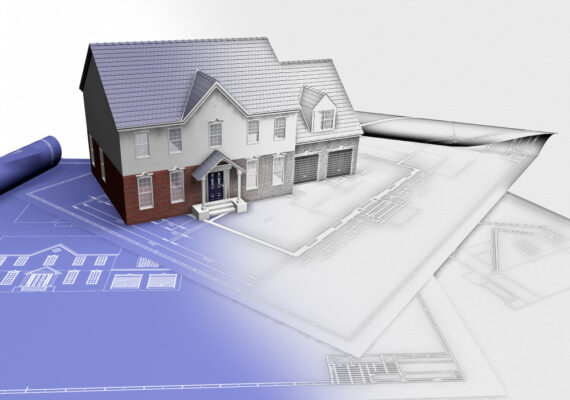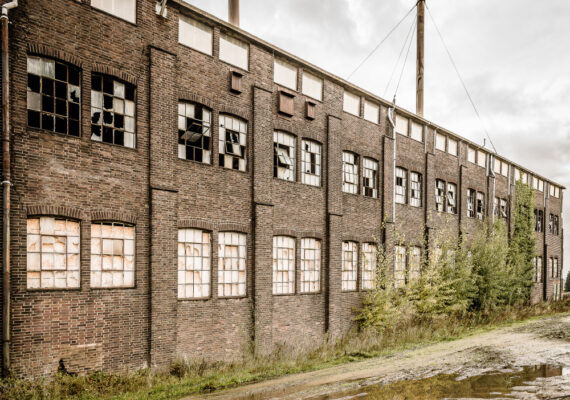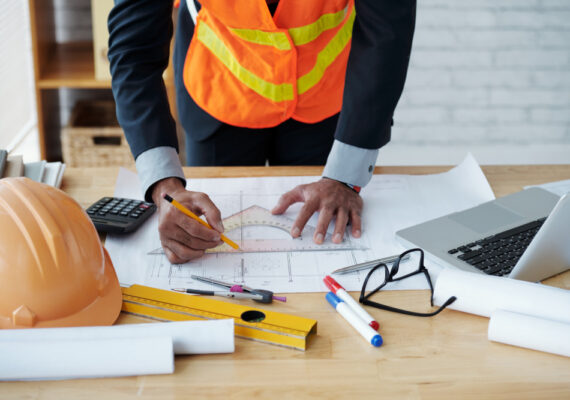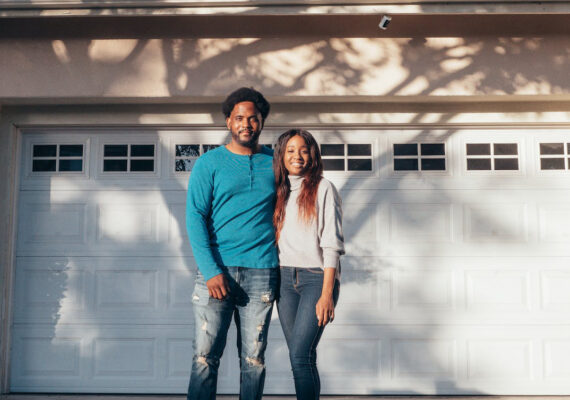Balancing Design, Utility, and Cost
Introduction:
Embarking on a new home construction project is an exciting endeavor. However, it requires careful planning and decision-making to ensure your dream home reflects your personal style, meets your functional needs, and remains timeless. In this blog post, we will explore the approach an individual can take to achieve a well-balanced design, utility, and cost containment while avoiding trendy concepts that quickly lose their appeal.
Q: How can I establish a vision for my new home construction project?
A: Begin by envisioning how you want your dream home to look and feel. Consider your lifestyle, preferences, and long-term goals. Browse design magazines, visit model homes, and explore online platforms for inspiration. Create a vision board or collect images that resonate with you. This will help you establish a clear direction for your project.
Q: What are some key considerations for the design phase?
A: When it comes to design, it’s important to find the right balance between visual appeal, utility, and longevity. Here are a few tips:
1. Embrace timeless design: Choose architectural styles and elements that have proven to stand the test of time. Classic designs tend to age gracefully and have a broader appeal.
2. Optimize functionality: Prioritize the functionality and flow of your home. Consider your daily routines and how you want each space to serve its purpose. Efficient layouts and well-designed storage solutions can enhance the usability of your home.
3. Seek professional guidance: Collaborate with an experienced architect or designer who understands your vision and can offer expert advice. They can help translate your ideas into practical plans and suggest design elements that achieve the desired balance between form and function.
Q: How can I keep costs under control without compromising quality?
A: Cost containment is a crucial aspect of any construction project. Here are some strategies to help you maintain a budget while preserving quality:
1. Set a realistic budget: Determine your financial limits early in the planning stage. Be mindful of unexpected expenses and factor in a contingency fund for unforeseen circumstances.
2. Prioritize essential features: Identify the must-haves for your new home and allocate a significant portion of your budget to those areas. Focus on high-impact elements such as the kitchen, bathrooms, and structural integrity.
3. Avoid over-customization: While it’s essential to personalize your home, excessive customization can significantly impact costs. Strike a balance between customization and selecting pre-designed elements that still reflect your style.
4. Explore cost-effective materials and finishes: Research various options for materials and finishes that offer good quality at a reasonable price. Seek advice from builders or suppliers who can suggest cost-effective alternatives without compromising durability or aesthetics.
Q: How can I avoid trendy concepts that quickly lose their appeal?
A: Trends come and go, but a timeless design will endure. Here are some tips to help you avoid fleeting trends:
1. Focus on enduring elements: Incorporate classic design elements that have proven to be timeless. For example, clean lines, neutral color schemes, and natural materials tend to transcend trends.
2. Emphasize personal style: Instead of following the latest fads, prioritize your personal style and preferences. Your home should reflect your personality and taste, ensuring you will love it for years to come.
3. Consider long-term appeal: Imagine how your design choices will age over time. Avoid overly trendy colors, patterns, or materials that may quickly become old and unfashionable







